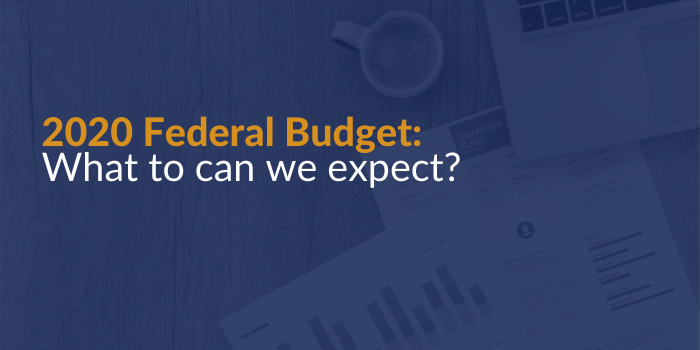The Government of Canada’s new financial year begins on April 1st and by convention the public gets to see the government’s budget mid-March. There are two circumstances that are likely to set this budget apart. First, it’s the first budget on the heels of an election victory, an election in which spending promises were made. Second, it’s the budget of a minority government, so to keep from falling the government will want to keep the NDP on side.
In December 2019, the Prime Minister’s Office sent out mandate letters to each of his ministers. These mandate letters are forward-looking public documents and show, at least in part, what the public can expect from its government. The Ministry of Finance’s mandate letter has 25 separate items, among which are –
- An increase in the Basic Personal Amount to $15,000. This will mean a reduction in the personal tax burden of about $440 per person. It is expected that this benefit will be phased-out for individuals with taxable income over $150,000 per year.
- A 50% reduction in the corporate tax rate of companies that develop and manufacture zero-emissions technology. Income of qualified corporations earned under the Small Business Deduction will be subject to a 4.5% rather than 9% federal corporate income tax. For other income the rate will reduce from 15% to 7.5%.
- A 10% luxury tax on vehicles with a cost of $100,000 or more. The tax will apply to automobiles, boats, and aircraft acquired personally.
- A 1% annual vacancy and speculation tax on property owned by non-resident non-Canadians. An exemption is likely if the property is rented at least six months a year.
- A limit on the deductibility of interest by corporations. Whether this provision goes into effect, and with what specific rules, is a matter of speculation. During the election the Liberal Party floated the idea that interest deductions over 30% of EBIDTA for corporations with over $10 million in assets would be disallowed.
Stay tuned to our future emails to learn more about the Federal Budget 2020!



